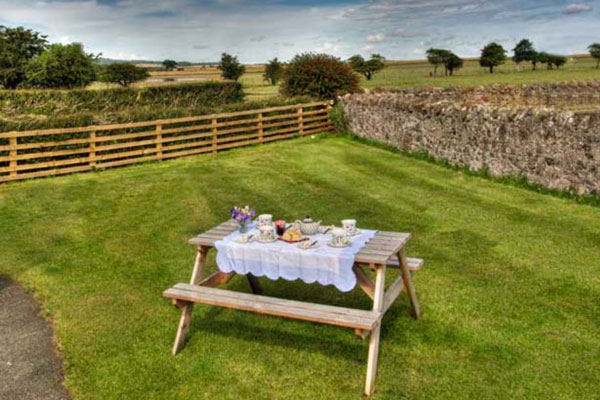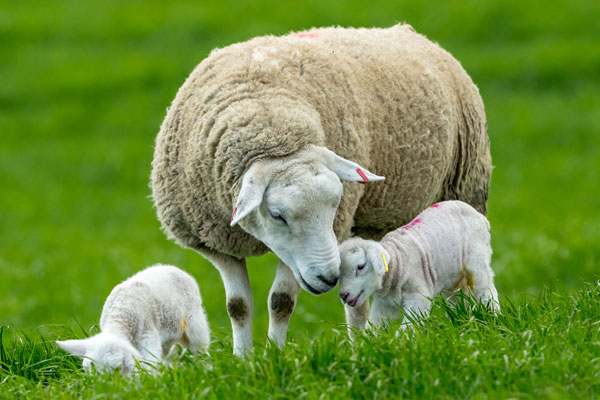THE ELWICK FAMILY
Elwick is a family run working farm and holiday cottage business. The farm has been in the Reay family since 1923. Robin and Ros set up the holiday cottage business over forty years ago, they have now taken a step back from the farm and cottages. The Cottages are now run by their daughters Susan and Christine and the Farm by Susan, Tom, Will and Jamie Comber (who are 5th generation!)
The farm is 500 acres & grows wheat, barley & oilseed rape. We have 700 beef cattle, inside in winter & on the grass in summer. We also have 900 breeding ewes which lamb outside in April. We cut grass in June for Silage, this being the winter feed for the cattle. At busy times, silage making or harvest, there may be some noise from big machinery going about, occasionally at night in harvest. We apologise for this but work has to go on if the weather says so! We are tenants of Smeafield, the next door farm. The properties are farmed together & stretch right to the sea, this area is tidal mudflats.
A mixed farming practice works in harmony with nature. The land is farmed in a traditional rotation, to create and utilise healthy soils for the crops and livestock to thrive. This in turn provides habitat for both indigenous wildlife and birds, as well as the many thousands of migrating geese and waders that visit us over the winter.The farm supports 147 bird species, 14 of which are on the endangered species list.




IN THE BEGINNING
The houses were all occupied by agricultural workers but became holiday houses over the years as gradually less people worked on the land & machinery took over. People wanted to live where more main services were & there was no local public transport, so Elwick Farm Holiday Cottages was born.
Elwick is in the Lindisfarne National Nature Reserve and the Northumberland Area of Outstanding Natural Beauty (AONB), one of forty six in the Country & stretches for 100 miles from Berwick southwards. Because of this it is a special nesting & breeding place & you may see the Warden down there sometimes. There is a footpath that goes down to the shore and wildlife observation point, it takes about fifteen minutes to get there. Dog owners must be aware of the birds, especially at breeding times.

